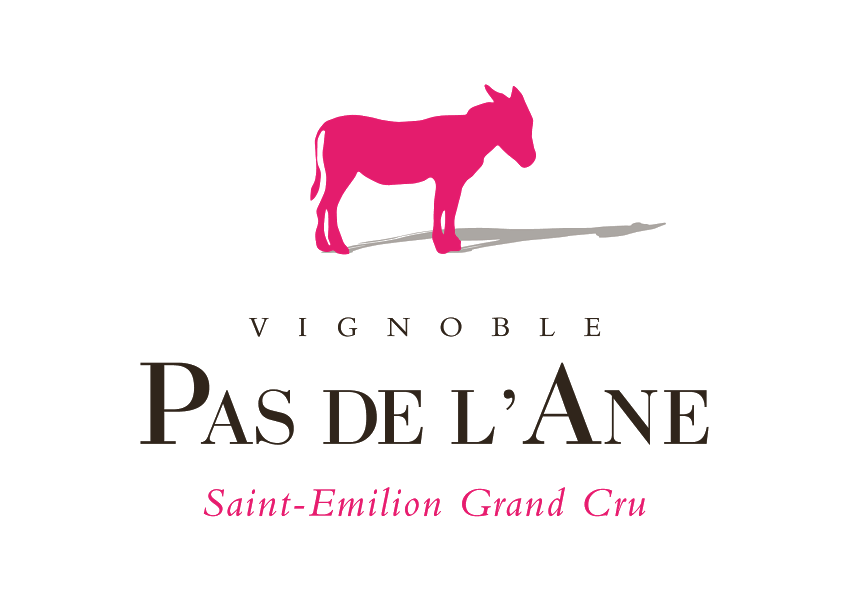« If a donkey kicks you...
...don't kick it back »
According to legend, a donkey introduced the practice of pruning to people. The said creature nibbled at a vine much to the horror of the villagers. However, when this vine produced particularly large fruit, the villagers got the idea to start pruning their vines from then on.
